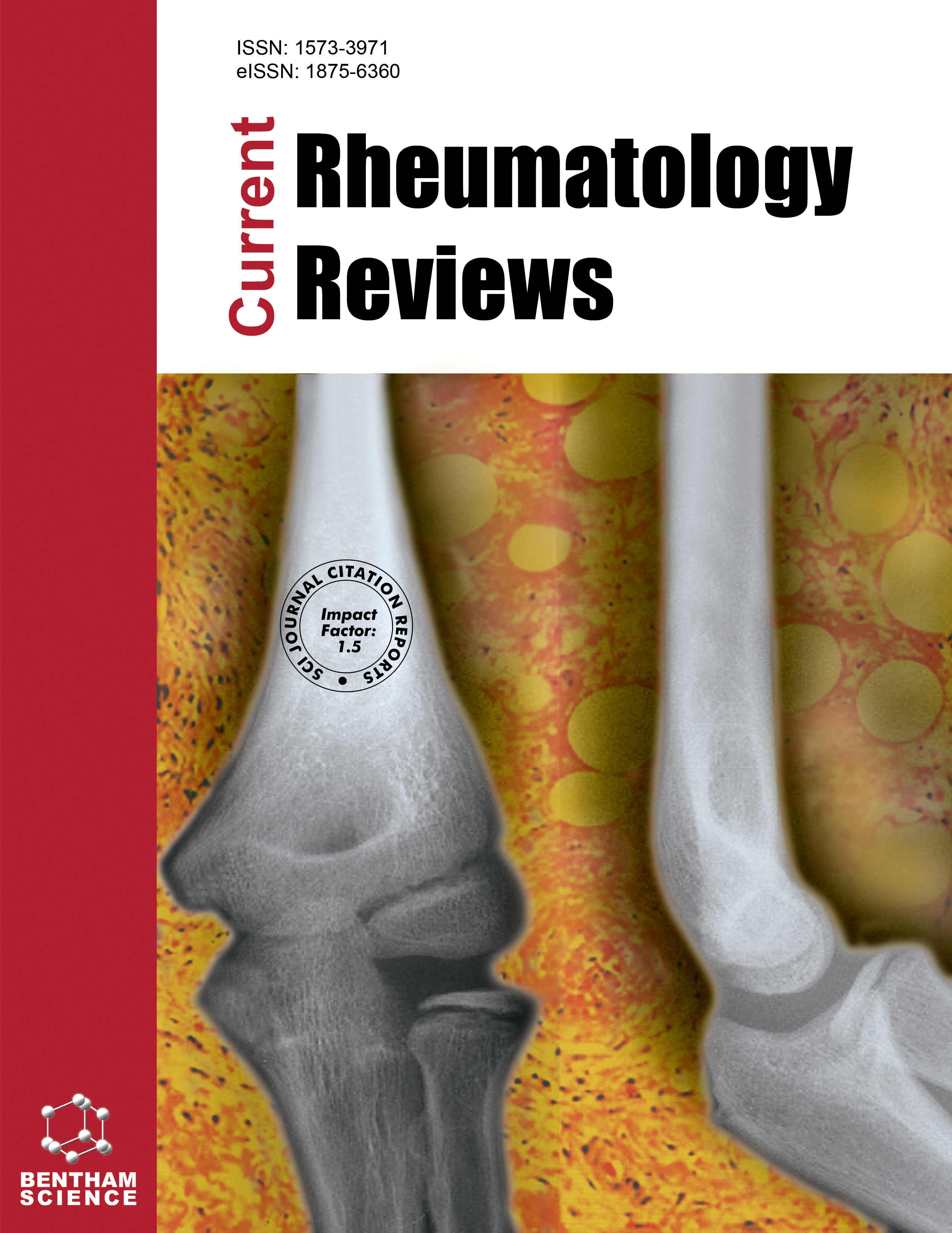
Full text loading...

Articular cartilage, a crucial component of joint structure, ensures smooth articulation and efficient load distribution within the joint. However, its integrity is compromised in various pathological conditions, such as osteoarthritis, leading to significant alterations in its structure and function. This process was significantly correlated with Extracellular Matrix (ECM) degradation, loss of collagen type II, and increased expression of matrix metalloproteinases (MMPs), particularly MMP-13. The ability of chondrocytes to invade into the ECM in pathologically altered tissue leads to cartilage repair and regeneration, and becomes the basis of chondrocyte cell therapy. Furthermore, the altered mechanical properties of the ECM in diseased cartilage, alongside the upregulation of chemotactic factors, contribute to the enhanced migratory behavior of chondrocytes. Interestingly, chondrocytes invading the ECM displayed signs of phenotypic changes, such as increased proliferation and expression of markers associated with chondrocytes' intrinsic genetic properties. The invasion of chondrocytes into the ECM is a response to cartilage damage, possibly driven by an attempt to repair the degraded ECM, and varies in chondrocytes from different sources, i.e., articular cartilage or nasal septum. Nasal chondrocytes highlight the increase of ACAN, SOX9, N-cadherin, COL2A expression and decrease of IL1B, CXCL8, and MMPs gene family expression, which could relate to their unique phenotype properties. However, this response may paradoxically contribute to the progression of cartilage pathology by disrupting the tissue architecture and promoting further degeneration. Our review highlights the endogenous genetic properties of nasal chondrocytes to invade and repair damaged cartilage, offering promising avenues for cartilage repair and regeneration.

Article metrics loading...

Full text loading...
References


Data & Media loading...